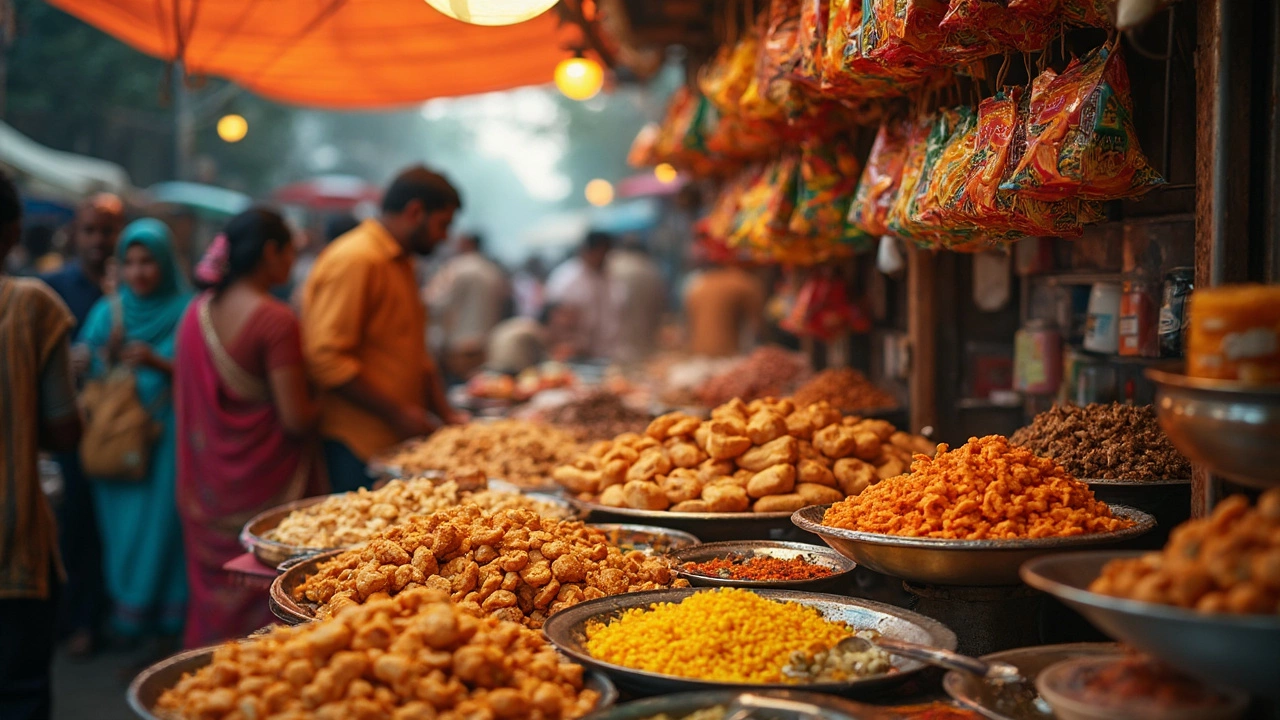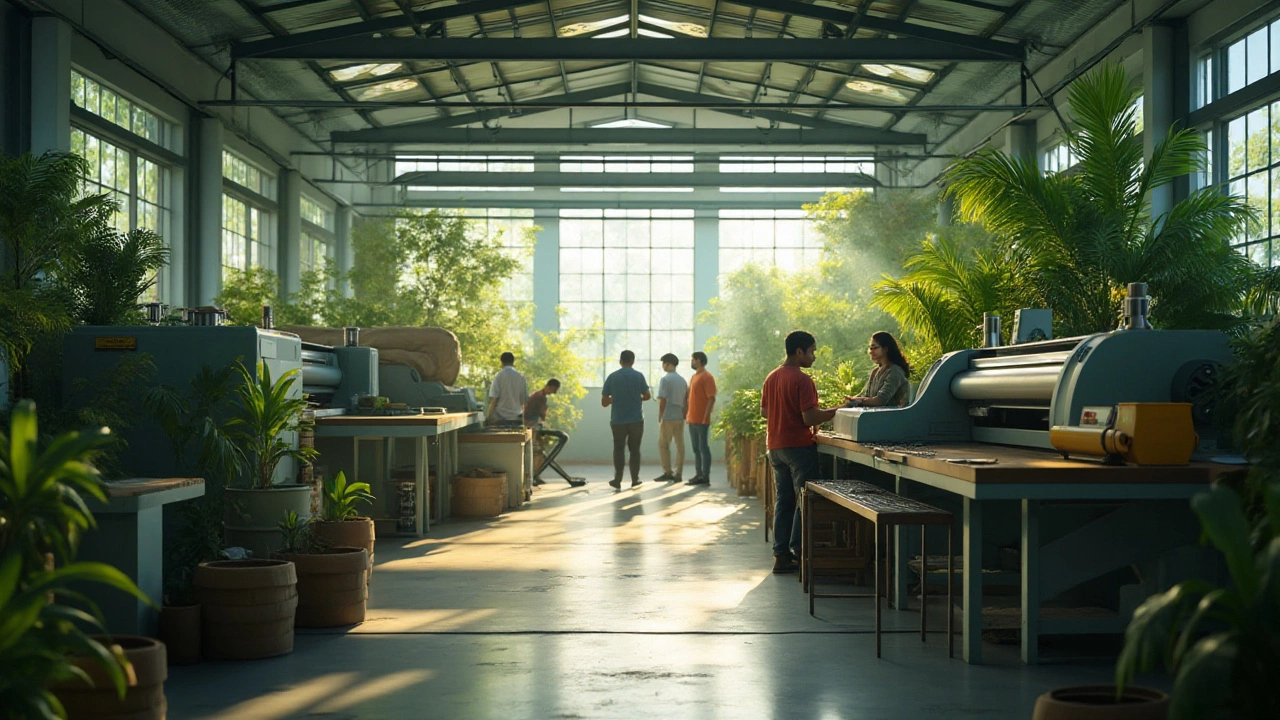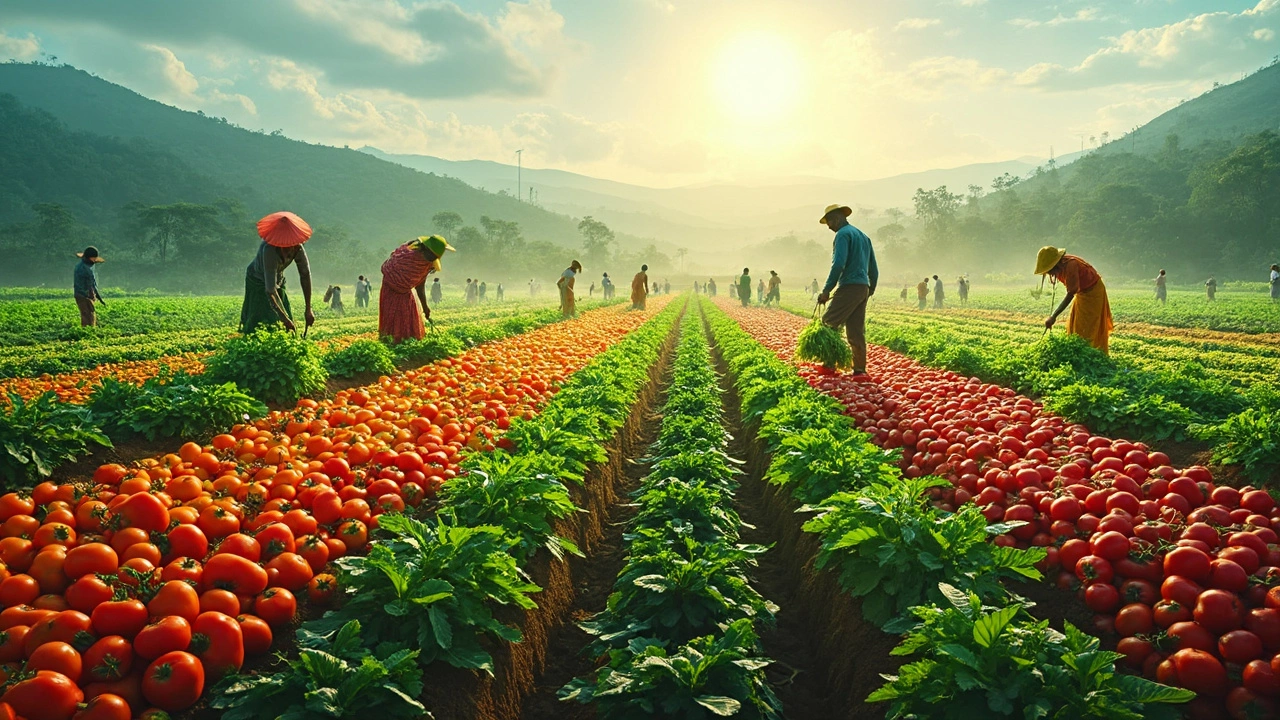Edible Fruits: Growing, Caring, and Enjoying Fresh Produce
When talking about Edible Fruits, fruits that are grown primarily for direct consumption, whether raw or processed. Also known as culinary fruits, they form a core pillar of sustainable agriculture, farming methods that balance economic viability, environmental health, and social responsibility. Edible fruits encompass a wide range of species, from tropical mangoes to temperate apples, and they require specific care to reach their full flavor potential.
Key Practices for Growing Edible Fruits
One of the first choices for city dwellers is container gardening, cultivating plants in pots, planters, or other confined spaces. Containers let you control soil composition, drainage, and exposure, which is crucial because fruit trees need consistent moisture without waterlogging. A simple soil‑moisture test—stick your finger a couple of inches deep—tells you if you’re over‑ or under‑watering. Managing this balance means you avoid root rot and still give the fruit the water it needs to swell and sweeten.
When you step up to larger orchards or even a backyard dwarf tree, drip irrigation becomes a game‑changer. Drip irrigation, a low‑flow watering system that delivers water directly to the root zone reduces waste, keeps leaves dry (which lowers disease risk), and maintains the steady soil moisture that fruits love. Pairing drip lines with mulch not only conserves water but also suppresses weeds—a combo many growers swear by. If you’re skeptical about installing a system, remember that many kits are DIY‑friendly and can be set up in a single afternoon.
Even with perfect watering, timing matters. Seasonal planting, choosing the right crops for the specific climate window in your region ensures the tree gets enough chill hours or heat units to develop fruit. In India, for instance, mangoes thrive when planted just before the monsoon, while guavas can handle a wider range of temperatures. Knowing your local climate, whether you’re in the cooler foothills or the humid coastal belt, lets you pick varieties that will set blossoms and bear fruit without excessive chemical inputs.
For growers who want to keep soil health high, no‑till gardening, a method that leaves soil undisturbed to preserve structure and microbial life offers long‑term benefits. No‑till protects the delicate root networks of fruit trees, improves water infiltration, and reduces erosion—especially important on sloped orchards. Combine it with organic mulches and occasional compost top‑dressing, and you’ll see healthier branches and better yields year after year.
All these techniques—container setups, drip systems, seasonal timing, and no‑till practices—fit into a bigger picture of sustainable fruit production. By using water‑smart methods and respecting natural cycles, you not only grow tastier edible fruits but also lower your garden’s environmental footprint. Below you’ll find a curated collection of articles that dive deeper into each of these topics, offering step‑by‑step guides, expert tips, and real‑world examples to help you start or improve your own fruit garden.
Zero Waste Fruits: Tasty Nutrition and No Leftovers
Find out which fruits create zero waste, how you can eat every part, and clever ways to make your snacks more sustainable. No peels in the bin!
- manufacturing
- India
- food processing
- garden tips
- rice cultivation
- government schemes
- balcony garden
- urban gardening
- balcony gardening
- profitable business
- business ideas
- plastic manufacturing
- drip irrigation
- plant care
- steel manufacturing
- sustainable gardening
- startup ideas
- steel industry
- flower gardening
- textile manufacturers






